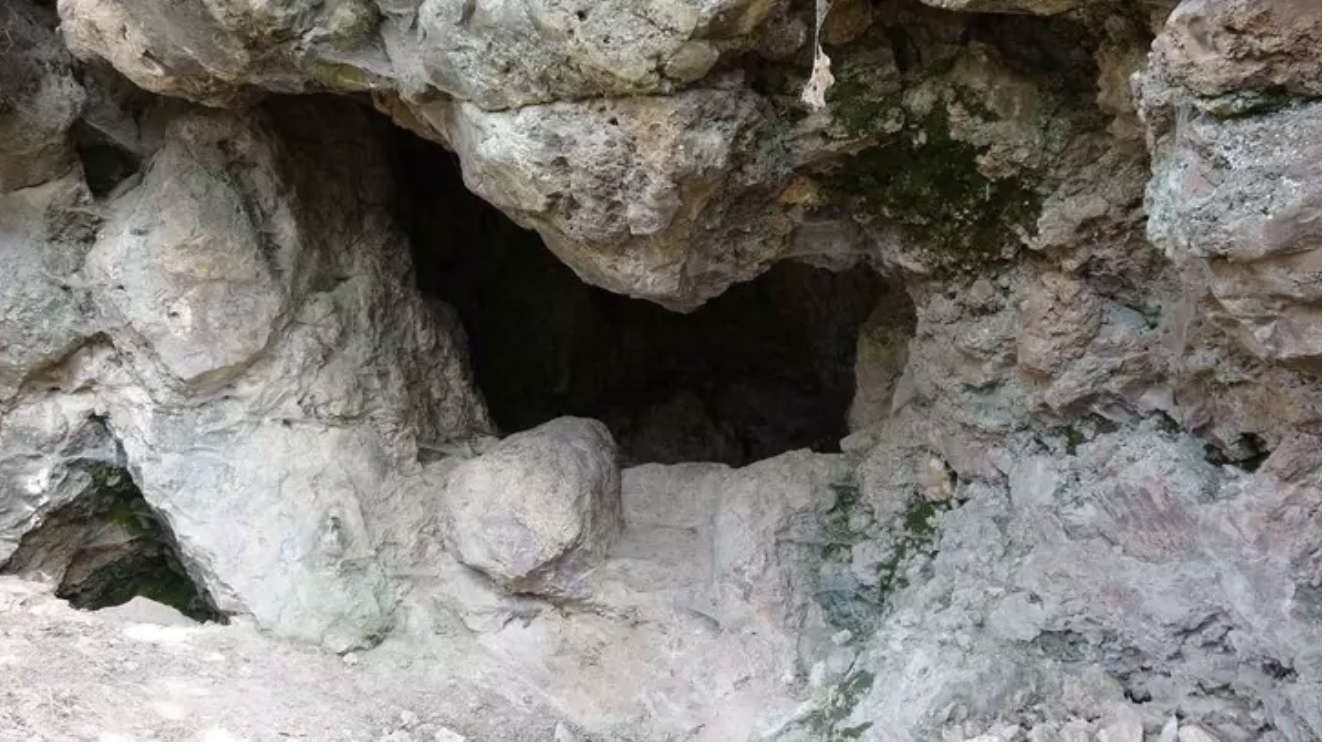Traces of human life dating back 86,000 years were discovered during excavations at İnkaya Cave in the Turkish province of Çanakkale. The cave also contained a variety of flint tools used for different purposes.
The Turkish Historical Society has granted supported status to the ongoing excavations at İnkaya Cave, which have been conducted for six years. A team of 20 people carried out this year’s excavation, which showed that humans from the Middle Paleolithic Period resided in the area for extended periods as flint raw material and water resources were readily available. “Evidence of the Paleolithic era in Çanakkale was previously limited. Through our research, it became evident that Çanakkale is one of the very rich provinces in Türkiye in terms of the Paleolithic period,” said excavation director İsmail Özer. Özer pointed out that despite the numerous excavation studies in the country, most of these are conducted in open areas, and there are very few cave excavations currently ongoing in Turkish provinces.
He said that most of these are concentrated in the southern regions, with only the İnkaya excavation continuing in Western Anatolia. “Our work in this area has taken us to the Middle Paleolithic Period, roughly from 250,000 to about 50,000 years ago. Our findings indicate that people lived here intensely during this period.” The finds on the eastern slopes of the cave provide researchers with more precise dating information, taking them back to 86,000 years ago, Özer stressed. Noting that the remnants obtained during the excavation are currently limited to flint artefacts, Özer said that they have not yet found organic remnants, such as skeletal remains of the humans who lived in the cave during that period, animal bones or plant residues, which are the kitchen scraps humans consumed.
Stating that İnkaya Cave is essentially composed of a flint rock formation, Özer noted that the main reason people chose this place is that while crafting tools for their daily needs, they could also obtain the necessary raw materials from the cave. We discovered a toothed tool that may have functioned similarly to modern-day saws during the excavation. Additionally, tools with handles were present and could have been inserted into a tree branch, bone, or horn after thinning out the handle portion and using resin. The edges of these tools would have been worked on to make them functional, and they could have been used for tasks such as digging soil or scraping animal skin. Our team plans to determine their specific purposes through microscopic analysis of the stones in the coming years.







